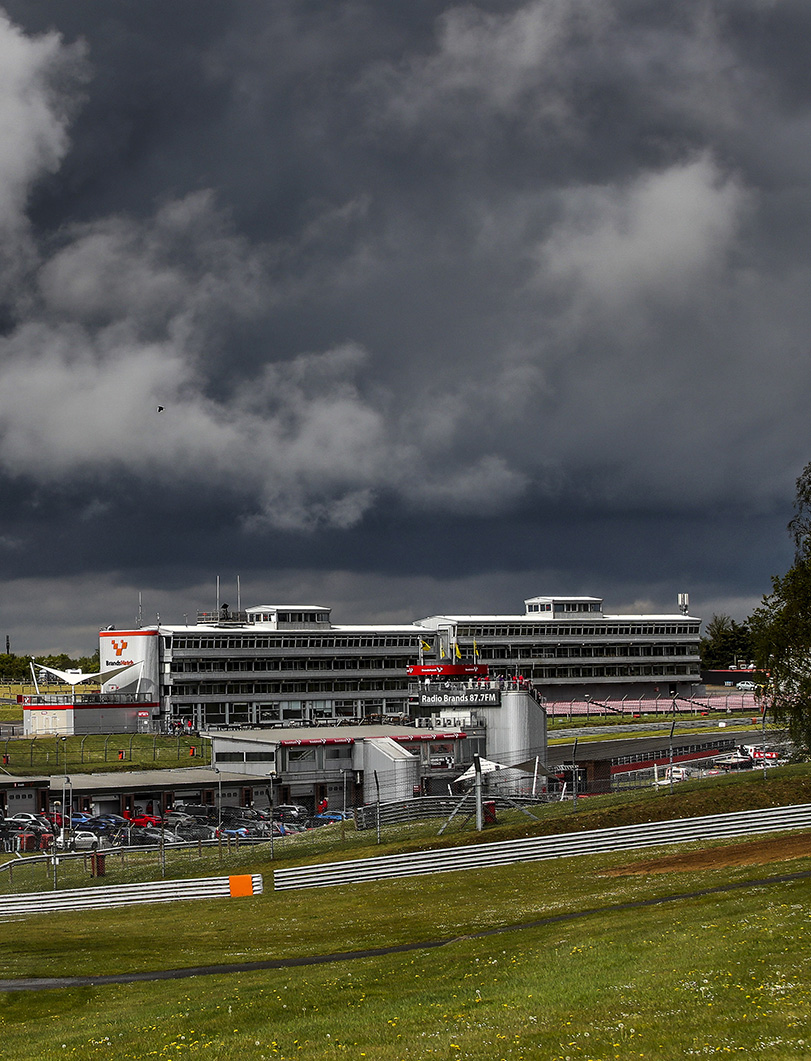

Ferrari Challenge UK
Brands Hatch
19-21 April 2024Race 1
| POS | Driver | Team | Cat./Series |
|---|---|---|---|
1 | HR Owen | P | |
2 | Charles Hurst | P | |
3 | Graypaul Nottingham | P | |
4 | Jardine Colchester | P | |
5 | Charles Hurst | P | |
6 | Dick Lovett Swindon | S | |
7 | JCT600 Brooklands | S | |
8 | Graypaul Nottingham | S | |
9 | Stratstone Manchester | S | |
10 | Dick Lovett Swindon | S | |
11 | HR Owen | P | |
12 | Dick Lovett Swindon | S |
Race 2
| POS | Driver | Team | Cat./Series |
|---|---|---|---|
1 | HR Owen | P | |
2 | Charles Hurst | P | |
3 | Graypaul Nottingham | P | |
4 | HR Owen | P | |
5 | Dick Lovett Swindon | S | |
2 | Stratstone Manchester | S | |
7 | Dick Lovett Swindon | S | |
8 | Graypaul Nottingham | S | |
9 | Dick Lovett Swindon | S |

BRANDS HATCH CIRCUIT

Located in Kent, it was originally a military training camp before a group of amateur cyclists turned it into a circuit. The track has two configurations, the so-called 'Indy' one and the 'Grand Prix'. The former, which is 1,944 km long, mostly follows the original design, while the latter, which covers 4,265 km, was built in 1959 to host Formula 1. Drivers appreciate the circuit because of its many difficult points, a change in altitude that makes it an extremely uneven track, and its typically competitive and spectacular races.
From the starting straight you arrive at Paddock Hill Bend, a unique curve in motorsport with a significant slope, an almost blind braking point and apex, a centrifugal force that puts the driver, tyres and cars to the test. On exiting this turn, you have a chance to overtake at Druids, a hairpin bend. The Grand Prix track continues into the woods while the "Indy" one rejoins the final part of the long configuration, the demanding Clark Curve. During a Grand Prix, drivers face various high-speed sections, such as the climb leading to the Surtees curve, or technical ones like Dingle Dell.





- LocationWest Kingsdown
- Race Distance3703 m
- Race Time30 minutes
CHALLENGE UK DRIVERS
- News
- Media Gallery
- Results
- car
- Circuit Info
- Download
- DRIVERS




















